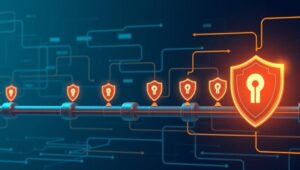May 25, 2025
AI in Customer Service: Beyond Chatbots to True Empathy? (2027)
AI in Customer Service: Beyond Chatbots to True Empathy? (2027) Artificial intelligence (AI) is rapidly transforming numerous industries, and customer service is no exception. While chatbots have become a common application, the future of AI in customer service aims for something more profound: true empathy. This article explores the evolution of AI in customer service, its current state, and what the future holds in 2027. The Evolution of AI in Customer Service Early Chatbots: Initial AI implementations involved basic chatbots capable of answering simple queries using predefined scripts. These systems lacked the ability to understand complex issues or provide personalized













